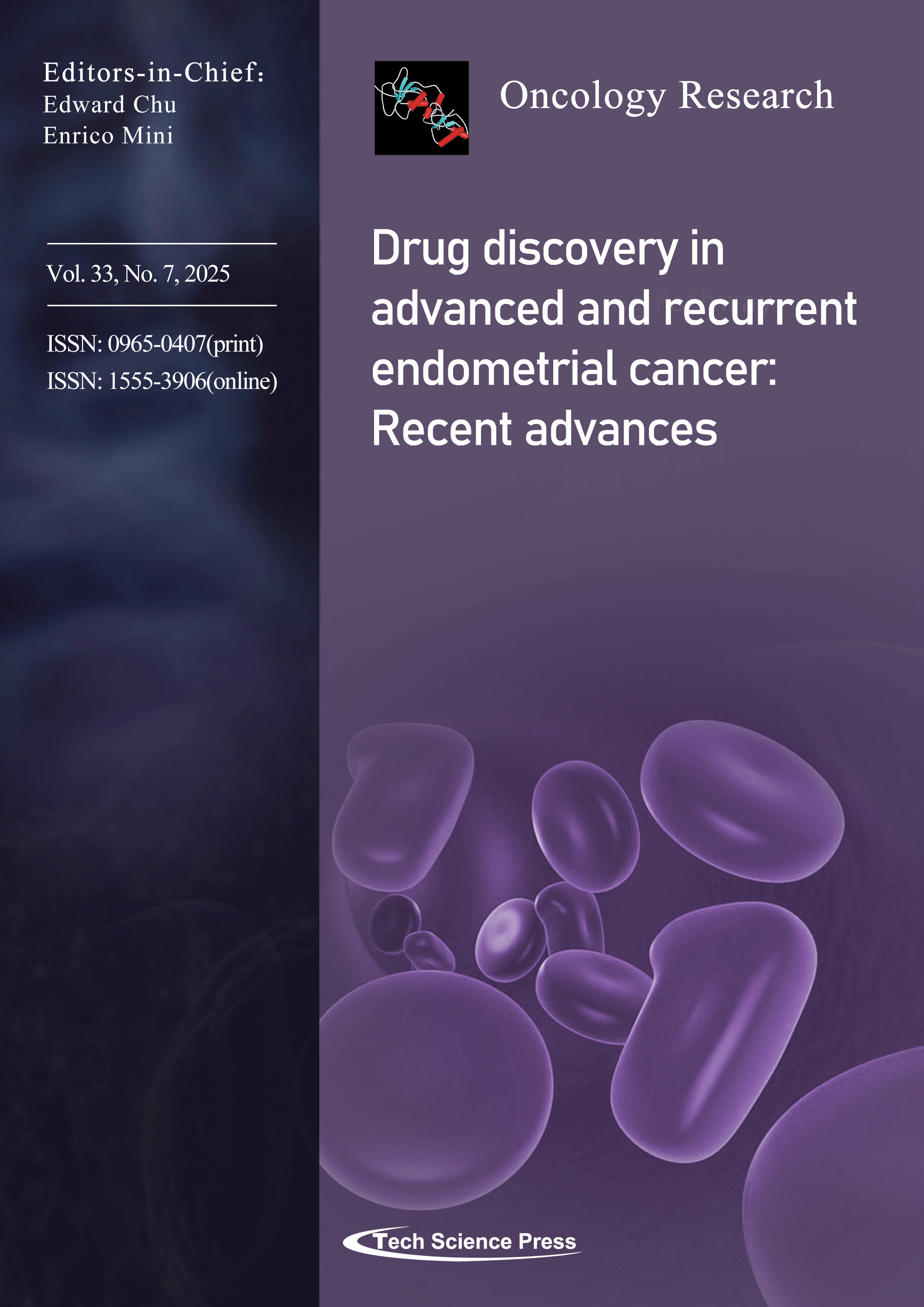
Endometrial cancer is the most common gynecologic cancer diagnosed in the United States and mortality is on the rise. Advanced and recurrent endometrial cancer represents a treatment challenge as historically there have been limited therapeutic options for patients. In the last several years, multiple practice-changing clinical trials have led to significant improvements in the treatment landscape. This review will cover updates in the treatment and management of advanced and recurrent endometrial cancer with a focus on novel therapeutics, such as anti-PD-L1 and PD-1 inhibitors, poly ADP-ribose polymerase (PARP) inhibitors, antibody-drug conjugates, and hormonal therapy.
View this paper